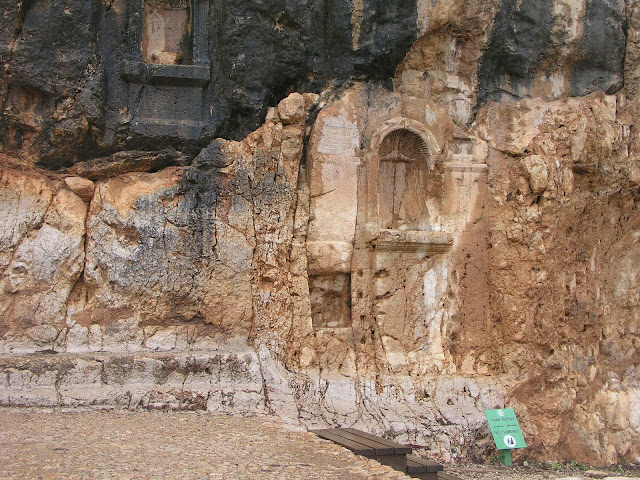The argument used by Alexander Hislop to explain the mystery religion or, the mother - child worship predominant in the Catholic church is that every false religion in the world is connected to the worship of a woman named Semiramis and her child, Tammuz, the reincarnation of Nimrod. His argument is that the mother-child religion flooded the entire world after the fall of Babel to honor or replicate the worship of Semiramis and Tammuz. He claims that these are the same beings with different names since the languages had changed.
His argument, based upon his research, is that Mary and Jesus are simply imitations of Semiramis and Tammuz reintroduced into religion, and the birth of Christ Jesus, was a replacement for this ancient Babylonian mystery religion. He ignores any reference to the rise of fertility cults consisting of a variety of deities that dominated the Mesopotamia.
History shows that the Mesopotamia was filled with a mixed combination of occult rituals, idol worshipers and a saturation of fertility religions post-flood. History has no mention of a woman named Semiramis until the 8th century BC, long after the tower of Babel fell and, Nimrod no longer walked the earth. Her memory was expounded upon, and included in the writings of many Greek historians, beginning with Greek physician and historian, Ctesias (5-4th C BC) who connected her to a mythological character, King Ninus.
According to Greek mythology, King Ninus ruled Assyria in 3000 BC. These myths and legends are what many historians, including Alexander Hislop, based their research on.
